Concentrate Technologies
Concentrates have been steadily taking over the market all over, and one of the commonly debated topics around them is the most efficient way they can be used. The term concentrate today is very broad, and the specific type can certainly make a difference depending how it will be vaporized.
In previous years, it was as simple as using a dab rig like below

Now however, we can literally mix concentrates into an e liquid ourselves. Yes, that’s THC liquid being used in a sub ohm tank, another great tank is the CCell TH210 available here on VPM.
This article will aim to help you better understand what vaporizer technologies are more efficient for certain concentrates.
Different Concentrates
This article won’t go in depth about all the various concentrates that have been invented, however it will be helpful to give a basic understanding of the most common forms and their differences. We have found in theory any solvent can be used to extract THC, and leave it in varying concentrated forms, the question then is why are so many used? Practices for extracting vary significantly, but the most commonly produced concentrates we will briefly cover:
Oil – In general oil is going to be the best for vape pens and cartridges. It can be difficult to use concentrated oil with a dab rig i.e. because it will simply drip off the dabber (depending on the viscosity, thicker oils may be able to stick better but there is a limit to how large the dab can be). Oils are typically more wasteful when transferring to containers, although arguably other concentrates can be incredibly sticky. Still, some oil will always stick to the surface area of the container it was stored in as shown below.
Crumble – Crumble is another very common concentrate. Crumble is known to have difficulty with dabbing, primarily because it won’t stick to the dabber well. With most standard dabbers I have found crumble is still preferable to oils, although it can be difficult to take larger dabs since it doesn’t stick. Other consistencies that are more shatter like will stick better assuming appropriate ambient temperature. In general, it will require more liquidizer to make crumble a good viscosity to use with e liquid carts (compared to shatter).
Shatter – Often referred to as glass, you can typically see through shatter. This is generally the ideal consistency for dabbing, because no matter the size of the glob it will stick directly to the dabber without any worry of falling off. Shatter is preferable for mixing liquid THC (using terpene based solution), although truthfully the ideal concentrate for prefilled carts would be produced as liquid THC in final form. The less terpene solution that can be used to liquify a concentrate, the better.
Budder – This will vary by the process used, but in my experience the consistency is like wet sugar being pulled apart. It can be used easily for dabbing, and the budder I used personally needed even less liquefier than a CO2 concentrate. Budder is particularly fragrant and the flavor is noticeably enhanced, this is another reason the cost is generally higher.
Distillate – This is one of the most hyped concentrate technologies, and the most recent process used would be referred to as fractional distillation. The most significant disadvantage with distillate is that terpenes are removed entirely, although that also eliminates the smell which could be a positive for some. Terp sauce is distillate that has terpenes added back, but even processes that add the original terpenes back are said to still not be quite the same. In general, most terp sauce just have terpenes added that weren’t from the original source.
A big advantage with distillate is that many tanks including the CCell TH210 are designed specifically for it. Still, the consistency will vary considerably, and reports mention varying results with different distillate in the CCells. Additionally, distillation does not remove pesticides, so the source material is still very important as with all concentrates. Distillate wouldn’t have any chance of residual solvent, but then again neither would CO2. Finally, distillate does have the highest THC concentrations available.
CO2 – The main hype behind CO2 is that it won’t have any residual solvent, and it’s also not explosive like it’s butane/propane counterparts. Supercritical extraction removes terpenes but not as extremely as distillation does. In contrast, BHO when extracted using proper safety precautions, solvent purged properly and winterized, it retains nearly all the terpenes.
Rosin – This is a recent development in the concentrate world, and the hype behind Rosin is that no solvent is used. The terpene preservation is known to be the best. While it can be a great tasting liquid THC compared to shatter, there is going to be more plant and lipids in the concentrate that the tank will have a harder time with. I have still heard reports that it’s completely worth it.
Alcohol – Ethanol has been commonly used, although BHO has been shown to preserve terpenes better, and doesn’t extract chlorophyll leaving a black concentrate. Ethanol requires more work to further remove chlorophyll, otherwise the concentrate is quite simply inferior to BHO.
The article sourced below further argues that ethanol is only good because of people that didn’t have experience making BHO (although somehow it recommends that ethanol should be used which I disagree with)… In this regard CO2 and distillate are both intriguing, yet Rosin is still superior and I hope to see more of it.
Pesticides- For more reading on pesticide removal, some of the leading research involves a process called flash chromatography. It’s impressively able to remove most pesticides to acceptable levels, however permethrin has a polarity closely resembling THC. Although it was significantly reduced after removal, it still fails to fall within acceptable testing limits. This may sound encouraging that pesticides can be removed efficiently, however this is not a commonly used process at the time of writing.
Concentrate Vaporizer Technologies
Now that we know a bit more about what concentrates really are, we can start talking about using them. Kief is certainly a concentrate when you have enough of it, and it’s not uncommon to mix a bit of that to give your flower a bit of extra kick. You may be wondering, why buy a concentrate device at all? I will share some personal experience using concentrates to add an extra kick to the flower.
Kief
I recall having a quarter of crumble, with plenty of flower that I was using with a bowl and sometimes a Volcano. At first it seemed to be a great way to use it, because the taste was so flavorful from the concentrate, and there seemed to be a lot of added potency. Yet after one week, I realized I smoked 6 grams of crumble, and no that doesn’t include the flower…
The point of this is to demonstrate this is a very poor way to use your concentrates regularly. Of course, if you want to add a bit to your flower on occasion that’s understandable, but still wasteful. My experience is the same with adding concentrates to a joint, it’s better than alone but certainly not compared to if you took the same amount of concentrate as a dab…
Liquid Pad
I have been using the liquid pad from my Volcano very much recently, and am routinely disappointed by the efficiency. It’s certainly better than adding it to the flower, but still I don’t find it to give nearly the same effect compared to dabbing. One important thing to keep in mind, is the temperature of dabbing has a lot to do with the intensity. The Volcano being a vaporizer has a max temperature of 446F, so naturally this is going to be lower than heating a titanium nail up to the max temperature using a propane torch… Still, my recommendation is that the liquid pad is good in a pinch, but I really need to buy a dab rig so I can stop wasting so much material.
Quartz Dual Coils
These are certainly better than liquid pads for efficiency, however consistent use can be tedious to clean and care for. My experience with them is they don’t last very long and end up being costly, but reports from VapeLife all point to the SAI Top airflow atomizer package being the best there is. It’s made of high quality titanium so will never need to be replaced. I have personally used the Yocan Cerum with good results, but overall the coils didn’t have a long lifespan. Finally, it can be difficult to place the concentrate properly on the coils, and it can easily just melt to the side which will lose efficiency greatly.
Dabbing
With a dab rig and torch you will get very efficient use of the material. The size of the dab can be considerable with a quartz nail especially, yet it can also do a very small amount. Apart from the obvious implications of taking out a torch in any social setting, there is the inherent risk of burning yourself. These alone will discourage many from dabbing in the first place, but it really is a great way to efficiently use medication. An important safety note with dabbing is not to exceed temperatures above 600F, toxicant formation has been shown above these temperatures.
The e-nail is a recent advancement to the dabbing world, and units like the Dr Dabber Boost allow true dabbing temperatures without any butane. This takes away all the guessing for temperature, and the inconvenience of using butane torches in general. The disadvantage is a higher initial investment (around $160 list price), and these devices are not unbreakable but costly to replace. The reviews are undeniable however, the e-nails are a great way of dabbing when previously a torch was the only viable method.
Sub ohm tank
If you can see we have been trending by intensity, you may be wondering why I even have a sub ohm tank in this article. Isn’t that used for e liquids you may ask? Yes, but the CCell SS316 coil is mostly ceramic and gives incredible performance with liquid concentrates as a result. You will need to get a liquid concentrate, but if you can’t get one my article on mixing THC liquid will give you all the necessary information to make it yourself.
Another anticipated thought is why the sub ohm tank is listed after the dab if we’re trending by intensity, admittedly the answer is not so clear but I would rate both great ways to use concentrates. Please also note by sub ohm tank I also include CCell TH model tanks, although these I simply consider lower intensity sub ohm tanks.
Vaporesso Veco
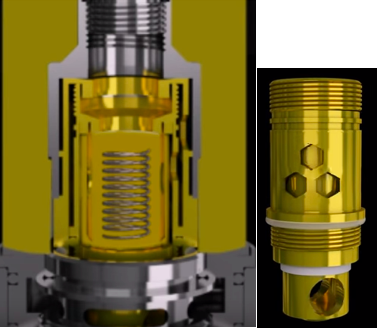
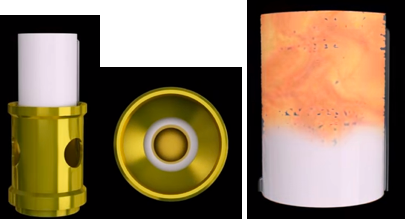
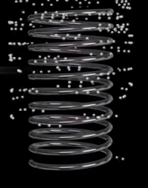
The sub ohm tank addresses some of the shortcomings of a portable $5 CCell cartridge, mainly performance related. The tank below is the Vaporesso Veco using a CCell SS316 .5 ohm coil, at the minimum 25 watts I can only draw from it for a max of 5 seconds on average before coughing repeatedly. I believe this provides the highest efficiency there is, and is the most convenient, although I use a custom terpene based solution to liquidize my concentrates.
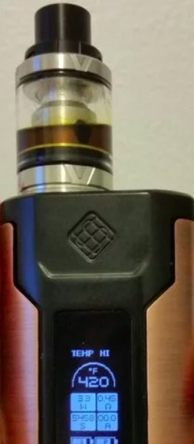
In theory a terpene based solution will add to throat irritation in larger amounts, so it could be argued that dabbing could be more potent. Still, I have never been able to max out the sub ohm tank (10 second cutoff) using a concentrate ratio of 1 gram to .4ml of liquidizer (with any more noticeable throat irritation than I get with dabbing). For this reason, I give the portable carts and sub ohm tanks using liquid THC the winner for the most efficient use of concentrates.
Conclusion
In summary concentrates have evolved widely over the years, and will continue to do so. It will be exciting to see what new methods they come up with, and more importantly to see better safety regulations. Quartz coils can offer a cheap introduction to concentrates, although their repeated use can be tedious. Dabbing is very efficient in general, although it can also be difficult to use with certain concentrates. E-nails have eliminated the need for a torch, although you still need to be careful with them, and there is a higher initial investment.
Liquid THC offers a big advantage for ease of use, and portability in general. If you have availability in your area, there is not much initial investment since products like VVS Clear Oil come as a disposable vape. It’s no surprise that the sales continue to increase for such products, they now make up 25% of all cannabis sales in CA. The only concerns for liquid THC are safety related, this is mainly why I mix it myself currently. It will be important to see better testing standards required in the future. I hope this article has been informative and thank you for reading.

























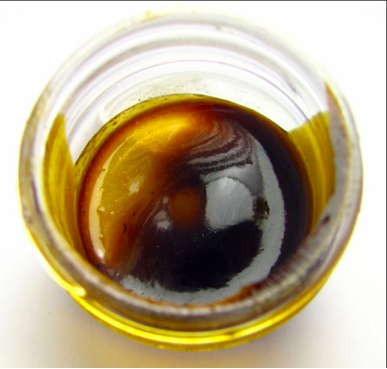
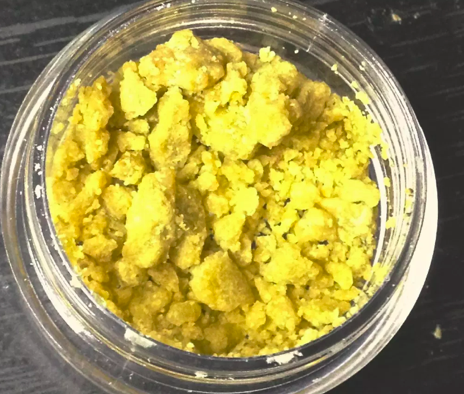

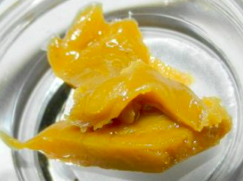

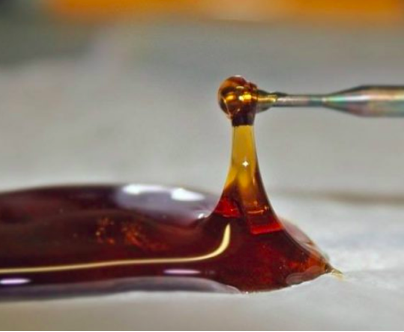
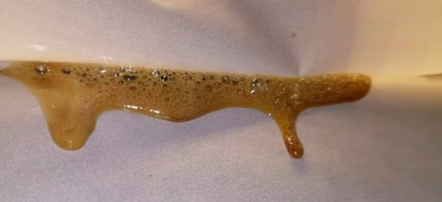
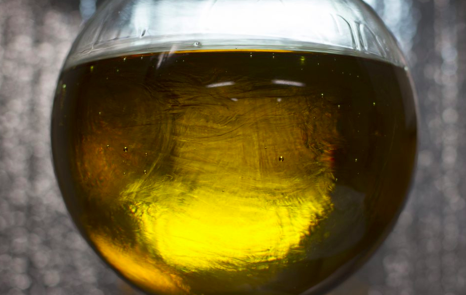
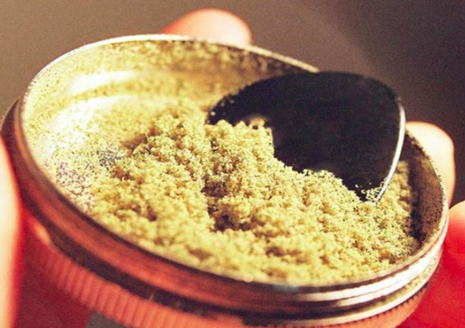


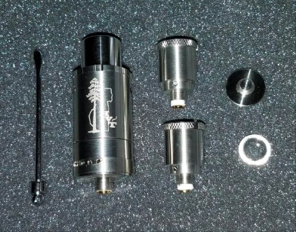


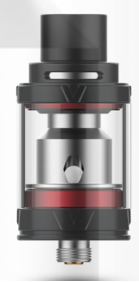



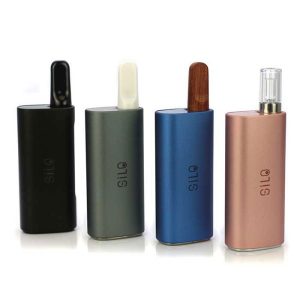














Leave a Reply